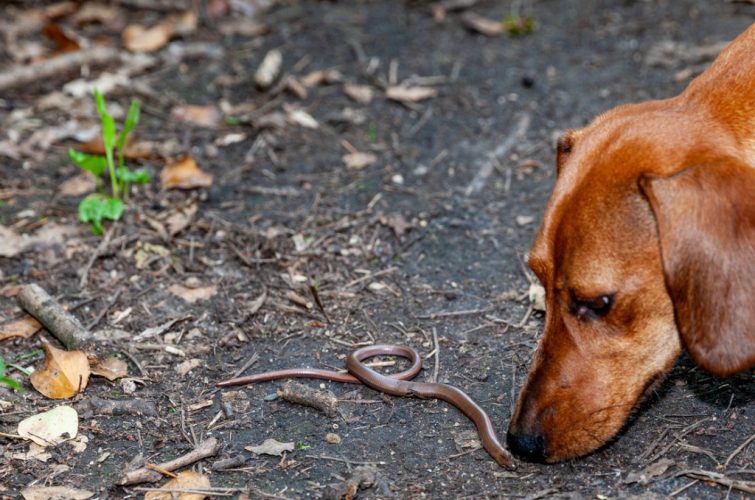
We have had a bountiful winter in the Central West bringing bumper crops – and a mouse plague. This means lots of food for snakes including mice, rats, frogs, lizards, reptiles and reptile eggs.
Remove any left-over dog foods in bowls, pick up rotten fruit from trees and seal any grains you may have for pet mice and guinea pigs. Access to food will attract mice and rats which will in turn invite snakes in.
Snakes need shelter. Ensure piles of rubbish, sheets of tin and piping are cleared away. Clean out sheds and storage areas that provide cover for snakes.
Mow and whipper-snip any long grass. Wear thick long jeans and sturdy boots when gardening to protect your legs from any startled snakes. Many snake strikes are ‘dry bites’ which means no venom is released. Dry bites can still result in swelling and redness around the area but no antivenin is required.
Leave your dog inside or in a snake proof enclosure when you are not home. Keep dogs on lead in larger areas and don’t allow them near dams, lakes or rivers unattended. Water brings in a variety of other animals to drink.
Practice with your dog on lead initially. Practice without distractions then add Distance and Distractions as your dog becomes proficient. Always reinforce your dog for coming back with his/her favourite ball, toy, or food.
Signs of snake bite may include:
Call first to let your Vet know you are coming and keep your dog as still as possible. Don’t wash the wound, tourniquet the limb or cut the wound site. Don’t touch the snake. Take a photo of the snake for your Vet if safe to do so.
There are never any guarantees that your dog won’t get bitten by a snake, but management and training will help minimise the risks. Building a strong relationship with your dog based on trust and positive reinforcement will also assist this process
Contact Number for Jake Hansen Snake Catcher in Orange: Mob 0414945124